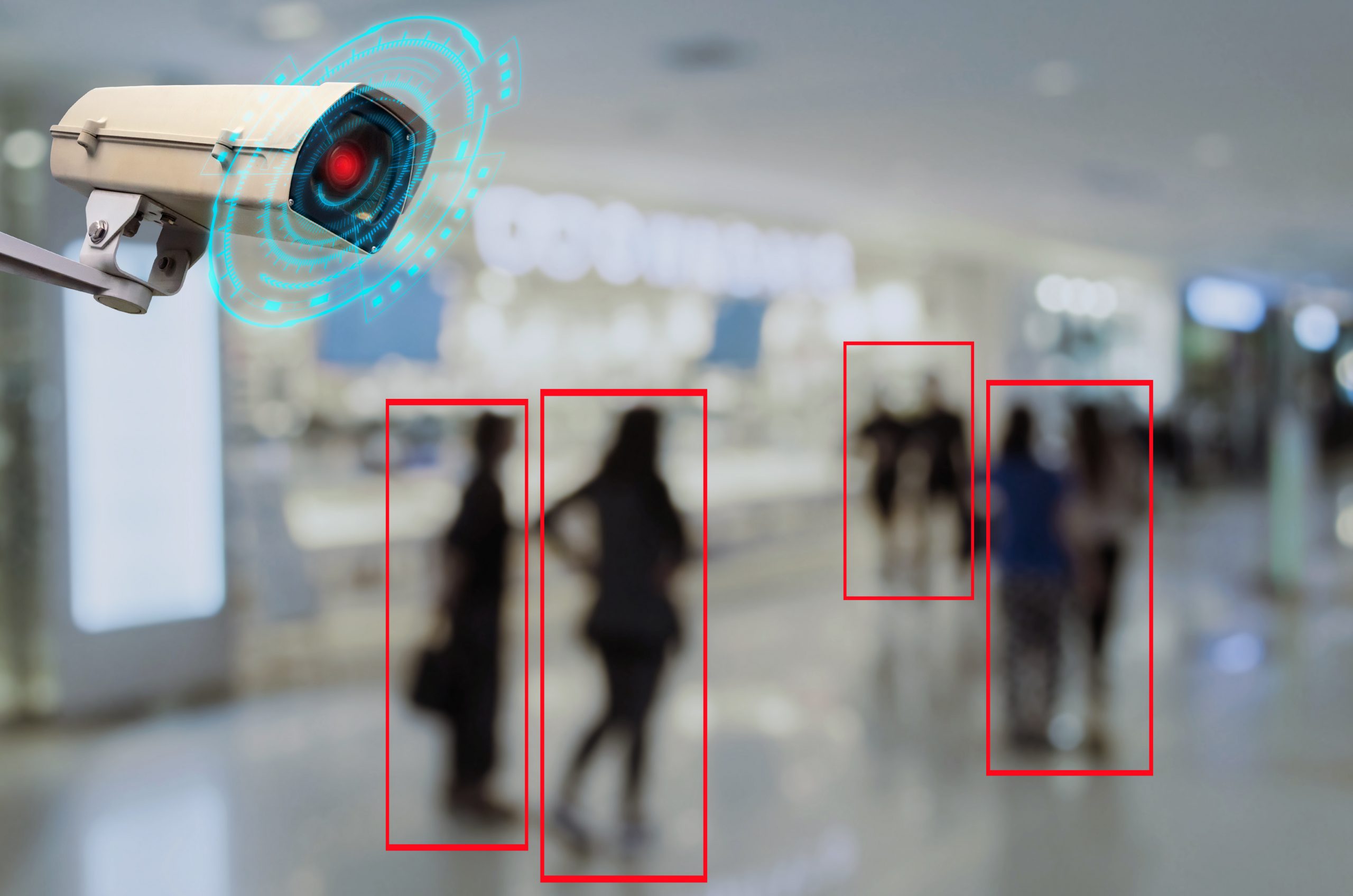February 7, 2023 12:52 pm

Video systems are having a bit of an identity crisis right now. With differing trends, public sentiments, and competing messages in an already crowded marketplace, it can be hard to know where to begin. Moreover, many deploying organizations – private and public – can grow frustrated when the investment in their existing video infrastructure is not yielding the expected benefits. That said, knowing which video security or safety trends to implement, and which to avoid, can help you get the most out of your new or existing video system.
Forensic vs. Real Time Applications
There has been much discussion lately regarding the function of video systems. Until recently, most of the industry was focused on forensic use of the video cameras infrastructure, including applications for video management and offline video analytics to assist with post-event evidence gathering. This area of focus traditionally required expensive, high-quality camera systems deployed in crowded areas, such as corporate lobbies. In these areas, there may be less benefit from real time alerting, because there are often security personnel present that can detect, evaluate, and respond to events in real time. The forensic applications remain highly relevant and useful.
Conversely, camera coverage is normally lower in private and/or ‘quiet’ areas, such as in warehouses. In these areas, an effective real time video analytics software can alert first responders to events as they happen, or even as they are developing. This not only increases the value of the system, but also moves organizations from a reactive security or safety approach to a proactive one. Since forensic and real time video analytics applications depend on the organization’s existing infrastructure, budget, and needs, it is important to think these line items through prior to moving forward with a system install or upgrades.
Quality of Cameras
With camera resolution rapidly improving, many camera providers will push cameras touting the latest and greatest in imaging. High resolution cameras require higher transmission rates and storage needs and therefore drive up the price of the overall system. Many deploying organizations do not think about this added cost when considering overall system budget. Many systems, especially those requiring real-time surveillance, neither require nor necessitate cameras with higher resolutions, such as 4k or 8k. The use of HD cameras is typically good enough for real-time video analytics applications, so there is no need to invest in high-end cameras in areas where forensics comes second.
Video Analytic Capabilities
Video analytics is a fast-growing, ever-changing market. Recognition analytics, including license plate and facial recognition, have improved significantly in recent years. These features are important for forensic analysis, but may have less relevance when it comes to real time alerting about events of interest. There are also growing forces opposing the use of these technologies in the public domain due to privacy concerns. Object detection analytic solutions similarly do well at detecting people and vehicles, including the existence of motion in the frame. These capabilities work well for perimeter protection, where no person or vehicle is supposed to be present. However, in active areas where multiple people, vehicles, and motion are common, the application of such analytics add little value and can lead to an increase in false alarms.
Behavior Detection as an Answer
Behavioral recognition analytics offer many solutions for the challenges and problems outlined above. Such video analytic solutions make the best of real time analysis with the ability to learn, detect, and classify abnormal behaviors automatically to stop potentially dangerous events from occurring or escalating. For example, safety events, like a person falling, detected in private areas can be handled promptly, thus providing increased benefits to the owners of the system. These analytics also rarely necessitate cameras beyond HD resolution and can be easily deployed across an organization for maximum effectiveness in new or existing systems. In this way, behavioral recognition analytics empower organizations with an effective video system that delivers tangible ROI. Instead of a passing trend, behavior recognition is proving itself to be a lasting solution that helps organizations make the most of their video system.
Contact us today to learn more about our leading behavioral recognition video analytics that deliver real-time video intelligence.